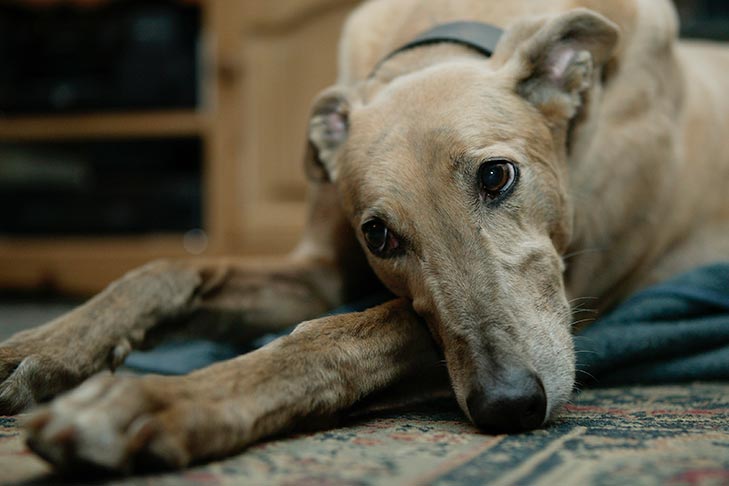Canine osteoarthritis, also known as degenerative joint disease (DJD), is primarily a developmental disease that often develops slowly and may be well advanced before pain sets in. The condition or disease described in this medical article affects older dogs, large breeds, athletic and working dogs, as well as dogs that have hip or elbow dysplasia. So, in this blog I’ve discussed the clinical signs, causes, prevention and treatment of this chronic, progressive, debilitative condition.
Symptoms of Osteoarthritis In Dogs:
Signs of osteoarthritis include:
- Joint swelling.
- Thickening and scarring of the joint membrane and wasting away of muscle.
- Increased fluid within the joint.
- Soft-tissue swelling around the joint.
- The formation of bony outgrowths.
- Hardening and thickening of bone beneath the cartilage.
- Sometimes a narrowed joint space.
How Can I Prevent Osteoarthritis In Dogs?
Preventive steps include:
- Ensuring that your dog receives the right foods and exercises on a daily basis in the first half of his life, which will keep his body safe and help him maintain enough weight.
- Regular vitamin and mineral supplements are available to help your dog get the requisite nutrients, while preventive joint supplements provide essential ingredients to delay the development of joint problems.
Started early, cartilage damage can be kept to a minimum for years. The short-term effect of joint care supplements increases lubrication, better joint health, less cartilage damage and easier pain control. While, the long-term health affect increases movement, which leads to improved muscle strength in order to soften the discomfort of walking and running.
While common issues can seem unavoidable for your dog, with the right treatment, you can keep your dog safe and happy for the rest of his life.
What Are The Causes Of Osteoarthritis In Dogs?
Causes of osteoarthritis in dogs can be inherited at birth or acquired.
- In older dogs, OA is usually the result of long-term joint wear and tear.
- Osteoarthritis may be triggered by trauma, injury, and hip or elbow dysplasia.
- Abnormal joint growth, congenital joint deformation or hereditary joint condition.
- Obesity can place excess stress on the joints, likely leading to early onset.
Treatment of Osteoarthritis:
Unfortunately there is no cure for osteoarthritis. There is no single approach and most dogs need a multi-modal approach that includes:
Food supplements: Glucosamine, chondroitin and green lip muscle extract have been suggested to help cure osteoarthritis. Although the effect may not be dramatic, minor improvements may be seen.
Diet: Diets containing omega-3-fatty acids may have a natural anti-inflammatory effect that may help to relieve discomfort.
Therapy: physiotherapy and hydrotherapy are critical for the treatment of osteoarthritis. They can be used for building strength, enhancing joint function, and reducing muscle stiffness. All treatments must be discussed with the doctor, so as not to make their problem worse.
Pain relief: Osteoarthritis can be painful, and some animals need long-term medication. Although long-term medication may pose a risk of side effects, this risk must be balanced against osteoarthritis pain if the medication is not given.
Exercise: Although exercise can cause pain in the short term, exercise is necessary to keep dogs fit and safe. There is no golden rule as to how much exercise an animal with osteoarthritis may have, as all patients are different; instead, exercise levels need to be tailored to the individual animal.
Weight control: Pets of perfect weight have less debilitating episodes and quicker development of osteoarthritis than overweight animals.




